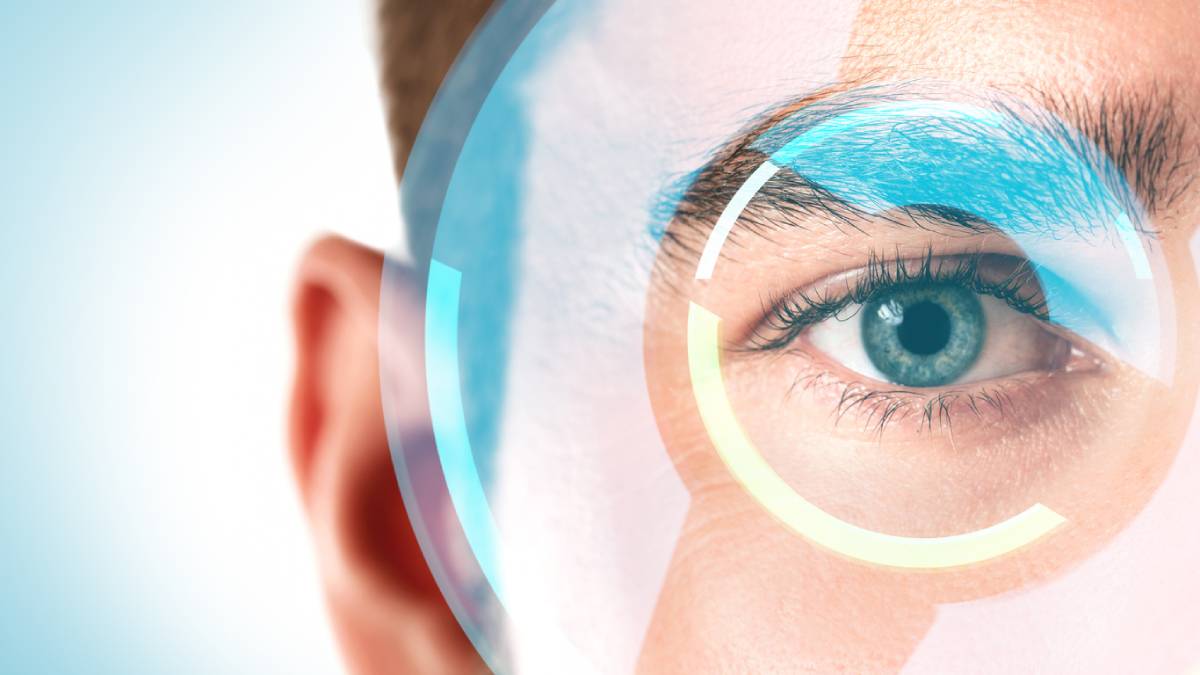You may not recognize the name, but you likely know what a chalazion is. A chalazion (also referred to as a “stye”) is a small lump that can be found on your eyelid. It develops as a result of a blockage in your eye’s oil glands. There are a number of reasons your oil gland may get blocked. However, it is most commonly due to blepharitis which involves inflammation of the eyelids. The blockage can cause redness and swelling, and a visible lump can develop on your eye. You may wonder, should a chalazion be removed? Below you will find information on how to get your chalazion treated.
Should a Chalazion Be Removed?
Chalazions may go away on their own, but some may need to be removed. Most go away within 2 to 8 weeks. However, you may need to get yours removed if it hasn’t gone away after a few months. Despite being painless, they can impact your vision so it’s helpful to get it taken care of if you are having issues related to it. It’s important to follow your medical provider’s advice if they recommend removal.
Depending on your unique chalazion, there are a few treatment options available. Sometimes, you may use a topical medicated ointment that gets rid of the issue within a few days to a few weeks. It the ointment doesn’t work, an injection of anti-scarring and anti-inflammation medication can be used. In some cases, you made need to get your chalazion removed through a small procedure. The procedure itself is not a major surgery. However, you will likely need local or general anesthesia. Local anesthetic is often used for those with health issues, are older, or have poor overall health. In other cases, general anesthesia can be used, which will put you to sleep for the entire procedure.
Chalazion Removal and Recovery
The procedure itself is not a major surgery. However, you will likely need local or general anesthesia. Local anesthetic is often used for those with health issues, are older, or have poor overall health. In other cases, general anesthesia can be used, which will put you to sleep for the entire procedure. Stye treatment in Orange County takes roughly 10 minutes. The surgeon will use a clamp to keep your eye open during the procedure. They will make a small incision on your outer or inner lid, depending on how large the chalazion is. The contents of the chalazion are removed and the incision is closed up with dissolvable stitches. You can go home the same day, but you will need someone to drive you home as it is an eye procedure that requires anesthesia.
The Recovery Period
The recovery period takes roughly two weeks to get back to your normal daily routine. The day of the procedure you will be prescribed antibiotics and possibly a steroid treatment. It is important to take your prescribed medication post-surgery as it can help reduce your risk of infection and keep your inflammation down. Depending on how severe your chalazion was, you may be given an eye pad or patch to protect your eye during the recovery period. Patients often experience swelling, bruising, and fluid leakage for the first few days. This is completely normal and should subside within a week. The swelling can cause pain so use a cold compress to help reduce any inflammation.
The day after your eyelid surgery in Orange County you can use moist heat to help reduce your risk of developing another chalazion. Talk with your surgeon about when and how often to apply moist heat. You should avoid touching your eyes, wearing contacts, makeup, and getting water in your eyes, or swimming. The incision itself can take about 7 to 10 days to heal, so avoid any physical activities that could result in injuring your eye for at least two weeks.
